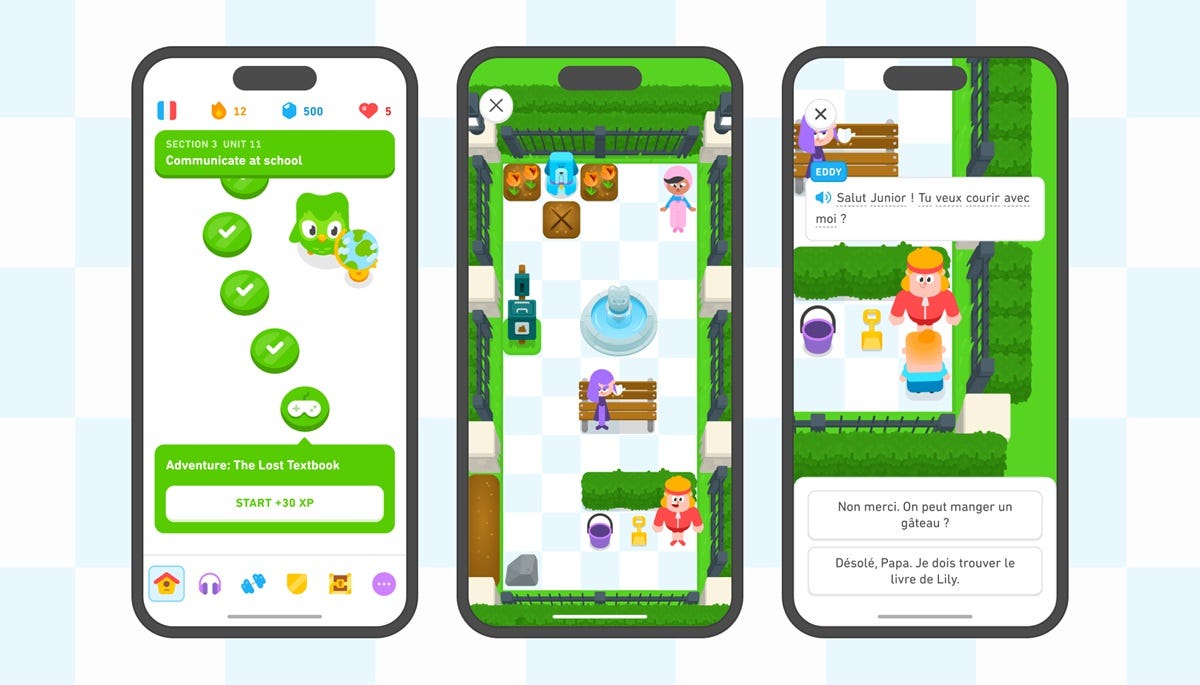
"In 2024, Duolingo introduced Video Call with Lily, its AI character who adapts conversations based on your proficiency level, guiding you through ordering coffee, asking for directions, or discussing vacation plans. By September, the feature had helped drive a 50% increase in subscriptions. But Duolingo isn't alone. Mondly's VR chatbot drops you into immersive scenarios - checking into a hotel, navigating an airport. Babbel Speak launched "Everyday Conversations" that simulate real-life dialogues with AI-powered prompts. Even traditional platforms are pivoting: context is king."
"What's changed? Large language models like GPT-4 have evolved beyond pattern recognition into genuine conversational intelligence. These chatbots don't just respond - they adapt, remember context, and adjust complexity on the fly. More importantly, they're finally doing what language teachers have known for years: the best way to learn a language is to use it in situations that mirror real life."
Many learners freeze in real-world conversations despite completing lessons and mastering grammar. Context-rich, scenario-based AI tools recreate everyday situations to bridge classroom knowledge and conversational fluency. Examples include Duolingo's Video Call with Lily, Mondly's VR chatbot, and Babbel Speak's Everyday Conversations, all simulating tasks like ordering coffee, checking into hotels, and navigating airports. Large language models such as GPT-4 enable chatbots to adapt, remember context, and adjust complexity dynamically. Research shows chatbot-assisted language learning yielded a moderate positive effect (g = 0.484) across multiple studies. Implementation quality varies, so not all chatbot-based approaches achieve equal results.
Read at Medium
Unable to calculate read time
Collection
[
|
...
]